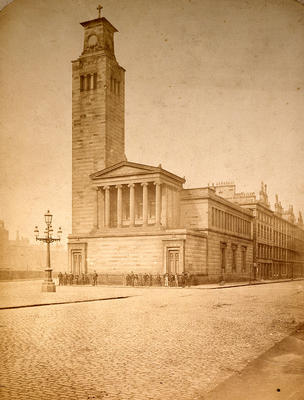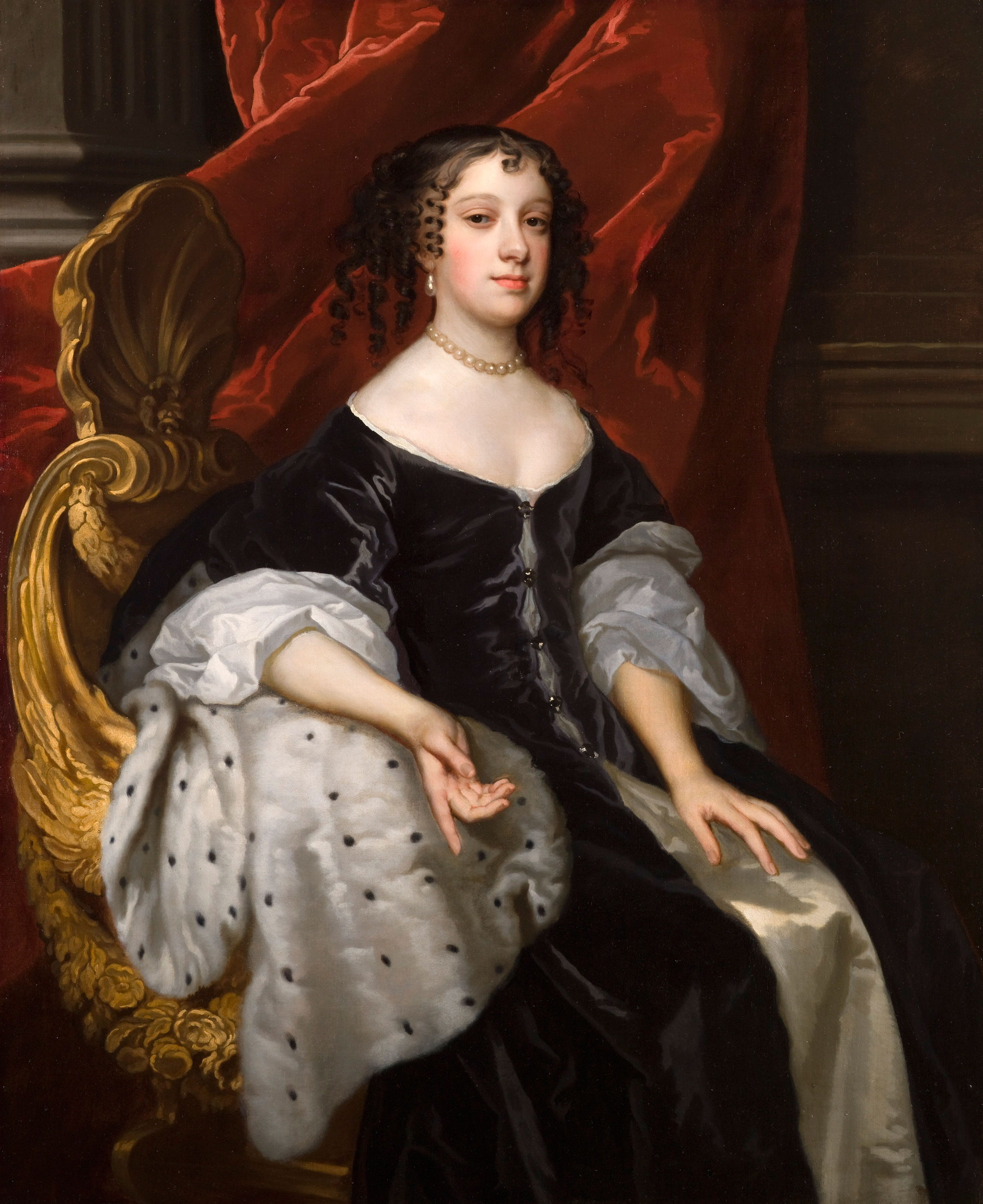|
Crosshill, Glasgow
Crosshill is an area of Glasgow, Scotland. It is situated south of the River Clyde. It was an independent police burgh from 1871 to 1891 before being annexed by the City of Glasgow. History Formerly part of the Renfrewshire (historic), County of Renfrew, Crosshill had a brief existence as an independent police burgh from 1871 until it was absorbed by Glasgow in 1891. Crosshill and Govanhill to its north form a continuous built-up area and due to sharing a postcode and amenities, as well as a similar design style in some buildings, they are often considered to be the same district (however historically this was not the case – Govanhill was in the Lanarkshire, County of Lanark). Crosshill also borders Queen's Park, Glasgow, Queen's Park and Mount Florida to the south, Strathbungo to the west and Polmadie to the east. The area contains Holyrood Secondary School and former football stadium Cathkin Park. Etymology The name Crosshill was formerly written as Corsehill or Corshill. In ... [...More Info...] [...Related Items...] OR: [Wikipedia] [Google] [Baidu] |
Dixon Halls
Dixon Halls, formerly Crosshill and Govanhill Burgh Hall, is a daycare centre for elderly people and Category B listed building on Cathcart Road, Glasgow, Scotland. History Following significant population growth, largely associated with their development as residential suburbs of Glasgow, Crosshill in Renfrewshire and Govanhill in Lanarkshire became police burghs in 1871 and 1877 respectively. In this context the proprietor of Govan Iron Works, William Smith Dixon, made an offer to pay for a new burgh hall to serve both burghs. The burgh leaders selected a site on Cathcart Road which was located on the border between the counties of Renfrewshire and Lanarkshire. The new building was designed by the Glasgow architect, Frank Stirrat, in the Scottish baronial style, built in ashlar stone at a cost of £10,000 and was officially opened by the provost of Crosshill, George Browne, and the provost of Govanhill, Thomas Smith, on 12 December 1879. The design involved an asymmetrical ... [...More Info...] [...Related Items...] OR: [Wikipedia] [Google] [Baidu] |
Southside Central (ward)
Southside Central (Ward 8) is one of the 23 wards of Glasgow City Council. On its creation in 2007 and in 2012 it returned four council members, using the single transferable vote system. For the 2017 Glasgow City Council election, the boundaries were changed, the ward population decreased but it continued to return four members. Boundaries The ward is located immediately south of Glasgow city centre, with the River Clyde The River Clyde (, ) is a river that flows into the Firth of Clyde, in the west of Scotland. It is the eighth-longest river in the United Kingdom, and the second longest in Scotland after the River Tay. It runs through the city of Glasgow. Th ... forming its northern boundary. Areas within the ward include the Gorbals, Hutchesontown, Govanhill, Queen's Park, Crosshill and Oatlands. The 2017 changes saw the Toryglen area being re-assigned to Langside ward. The ethnic makeup of the smaller Southside Central ward using the 2011 census population ... [...More Info...] [...Related Items...] OR: [Wikipedia] [Google] [Baidu] |
Crosshill Railway Station
{{disambiguation, geo ...
Cross Hill or Crosshill may refer to: Places *Cross Hill, Cornwall, England * Cross Hill, Derbyshire, England * Cross Hill, Gloucestershire, England * Cross Hill, South Carolina, USA * Crosshill, East Ayrshire, Scotland * Crosshill, Fife, Scotland *Crosshill, Glasgow, Scotland *Crosshill, an area of Baillieston, Scotland * Crosshill, South Ayrshire, Scotland * Crosshill, Wellesley, Regional Municipality of Waterloo, Ontario, Canada See also *Cross Hills *Hill of Crosses Hill of Crosses (Lithuanian language, Lithuanian: ) is a site of pilgrimage about 12 km north of the city of Šiauliai, in northern Lithuania. The precise origin of the practice of leaving crosses on the hill is uncertain, but it is believed ... [...More Info...] [...Related Items...] OR: [Wikipedia] [Google] [Baidu] |
Cathcart Circle Line
The Cathcart Circle Lines form a mostly suburban railway line, railway route linking Glasgow (Central) to Cathcart via a circular line, with branches to Newton (Lanark) railway station, Newton and Neilston railway station, Neilston, on the south bank of the River Clyde. They are part of the Strathclyde Partnership for Transport, Strathclyde rail network. History The lines were built by the Cathcart District Railway (Cathcart Circle) and the Lanarkshire and Ayrshire Railway (Newton and Neilston lines). The first part opened on 1 March 1886 as a double line from Glasgow Central to then single to Cathcart, doubled on 26 May 1886. The circular route back to Central station via Shawlands and Maxwell Park was completed on 2 April 1894. The Newton and Neilston branches were built to provide a through route from the Lanarkshire coalfields to ports such as Ardrossan on the Ayrshire coast. There is still a junction with other lines at Newton, but the track beyond Neilston has been lifte ... [...More Info...] [...Related Items...] OR: [Wikipedia] [Google] [Baidu] |
Site Of First Hampden Crosshill Glasgow
Site most often refers to: * Archaeological site * Campsite, a place used for overnight stay in an outdoor area * Construction site * Location, a point or an area on the Earth's surface or elsewhere * Website, a set of related web pages, typically with a common domain name It may also refer to: * Site, a National Register of Historic Places property type * SITE (originally known as ''Sculpture in the Environment''), an American architecture and design firm * Site (mathematics), a category C together with a Grothendieck topology on C * ''The Site'', a 1990s TV series that aired on MSNBC * SITE Intelligence Group, a for-profit organization tracking jihadist and white supremacist organizations * SITE Institute, a terrorism-tracking organization, precursor to the SITE Intelligence Group * Sindh Industrial and Trading Estate, a company in Sindh, Pakistan * SITE Centers, American commercial real estate company * SITE Town, a densely populated town in Karachi, Pakistan * S.I.T.E Indust ... [...More Info...] [...Related Items...] OR: [Wikipedia] [Google] [Baidu] |
Historic Environment Scotland
Historic Environment Scotland (HES) () is an executive non-departmental public body responsible for investigating, caring for and promoting Scotland's historic environment. HES was formed in 2015 from the merger of government agency Historic Scotland with the Royal Commission on the Ancient and Historical Monuments of Scotland (RCAHMS). Among other duties, Historic Environment Scotland maintains more than 300 properties of national importance including Edinburgh Castle, Skara Brae and Fort George, Highland, Fort George. History The responsibilities of HES were formerly split between Historic Scotland, a government agency responsible for properties of national importance, and the Royal Commission on the Ancient and Historical Monuments of Scotland (RCAHMS), which collected and managed records about Scotland's historic environment. Under the terms of a Bill of the Scottish Parliament published on 3 March 2014, the pair were dissolved and their functions transferred to Historic En ... [...More Info...] [...Related Items...] OR: [Wikipedia] [Google] [Baidu] |
Archaeology Scotland
Archaeology Scotland, formerly known as the Council for Scottish Archaeology (CSA), is a membership organisation which seeks to promote the understanding of archaeology in Scotland. This group works with lay people and academia to help care for the great history of Scotland's archaeological heritage. Their charitable and philanthropic work serves to enrich the story and deep history of Scotland. The organization is responsible for coordinating a number of archaeology related events, such as Scottish Archaeology Month and Adopt-a-Monument. History and Background The organisation began as a branch of the Council for British Archaeology, established in 1944. One of the primary leaders of the movement was Dr. W.D. Simpson. Dr. Simpson wanted to entrust this Scottish group to: help to preserve Scottish heritage, antiquities, relics, and ancient buildings; also to preserve ancient country houses and help them to remain inhabited; and carry out the proper archaeological excavation of c ... [...More Info...] [...Related Items...] OR: [Wikipedia] [Google] [Baidu] |
Hampden Park (1873–1883)
Hampden Park was a football ground in Crosshill, Renfrewshire (now part of Glasgow). The home ground of Queen's Park from 1873 until 1883, it was the first of three stadiums to bear the same name, and hosted the first-ever Scottish Cup final in 1874. History Hampden Park was built between the Queen's Park Recreation Ground (where the club had played until then)The First Hampden QPFC.com and Hampden Terrace, taking its name from the road. The first enclosed stadium with turnstiles in the , it was opened on 25 October 1873 for Queen Park's first-ever competitive match, a |
Incendiary Device
Incendiary weapons, incendiary devices, incendiary munitions, or incendiary bombs are weapons designed to start fires. They may destroy structures or sensitive equipment using fire, and sometimes operate as anti-personnel weapon, anti-personnel weaponry. Incendiaries utilize materials such as napalm, thermite, magnesium, magnesium powder, chlorine trifluoride, or white phosphorus munitions, white phosphorus. Though colloquially often called "bombs", they are not explosives but in fact operate to slow the process of chemical reactions and use Combustion, ignition rather than detonation to start or maintain the reaction. Napalm, for example, is petroleum especially thickened with certain chemicals into a gel to slow, but not stop, combustion, releasing energy over a longer time than an explosive device. In the case of napalm, the gel adheres to surfaces and resists suppression. Pre-modern history A range of early thermal weapons were utilized by Ancient history, ancient, Middle ... [...More Info...] [...Related Items...] OR: [Wikipedia] [Google] [Baidu] |
Alexander Thomson
Alexander "Greek" Thomson (9 April 1817 – 22 March 1875) was an eminent Scottish architect and architectural theorist who was a pioneer in sustainable building. Although his work was published in the architectural press of his day, it was little appreciated outside Glasgow during his lifetime. It has only been since the 1950s and 1960s that his critical reputation has revived—not least of all in connection with his probable influence on Frank Lloyd Wright. Henry-Russell Hitchcock wrote of Thomson in 1966: "Glasgow in the last 150 years has had two of the greatest architects of the Western world. C. R. Mackintosh was not highly productive but his influence in central Europe was comparable to such American architects as Louis Sullivan and Frank Lloyd Wright. An even greater and happily more productive architect, though one whose influence can only occasionally be traced in America in Milwaukee and in New York City and not at all as far as I know in Europe, was Alexander T ... [...More Info...] [...Related Items...] OR: [Wikipedia] [Google] [Baidu] |
Queens Drive Architecture William McNicol
Queens is the largest by area of the Boroughs of New York City, five boroughs of New York City, coextensive with Queens County, in the U.S. state of New York (state), New York. Located near the western end of Long Island, it is bordered by the borough of Brooklyn and by Nassau County, New York, Nassau County to its east, and shares maritime borders with the boroughs of Manhattan, the Bronx, and Staten Island, as well as with New Jersey. Queens is one of the most linguistics, linguistically and ethnically diverse places in the world. With a population of 2,405,464 as of the 2020 United States census, 2020 census, Queens is the second-most populous county in New York state, behind Kings County (Brooklyn), and is therefore also the second-most populous of the five New York City boroughs. If Queens were its own city, it would be the List of United States cities by population, fourth most-populous in the U.S. after the rest of New York City, Los Angeles, and Chicago. Queens is the fo ... [...More Info...] [...Related Items...] OR: [Wikipedia] [Google] [Baidu] |





